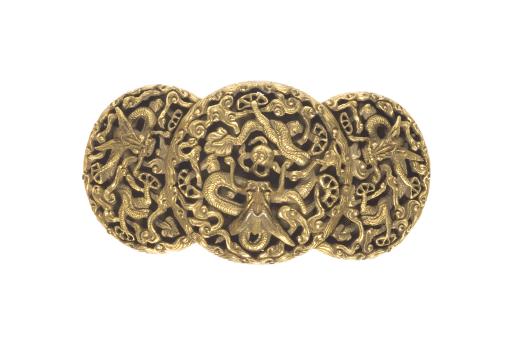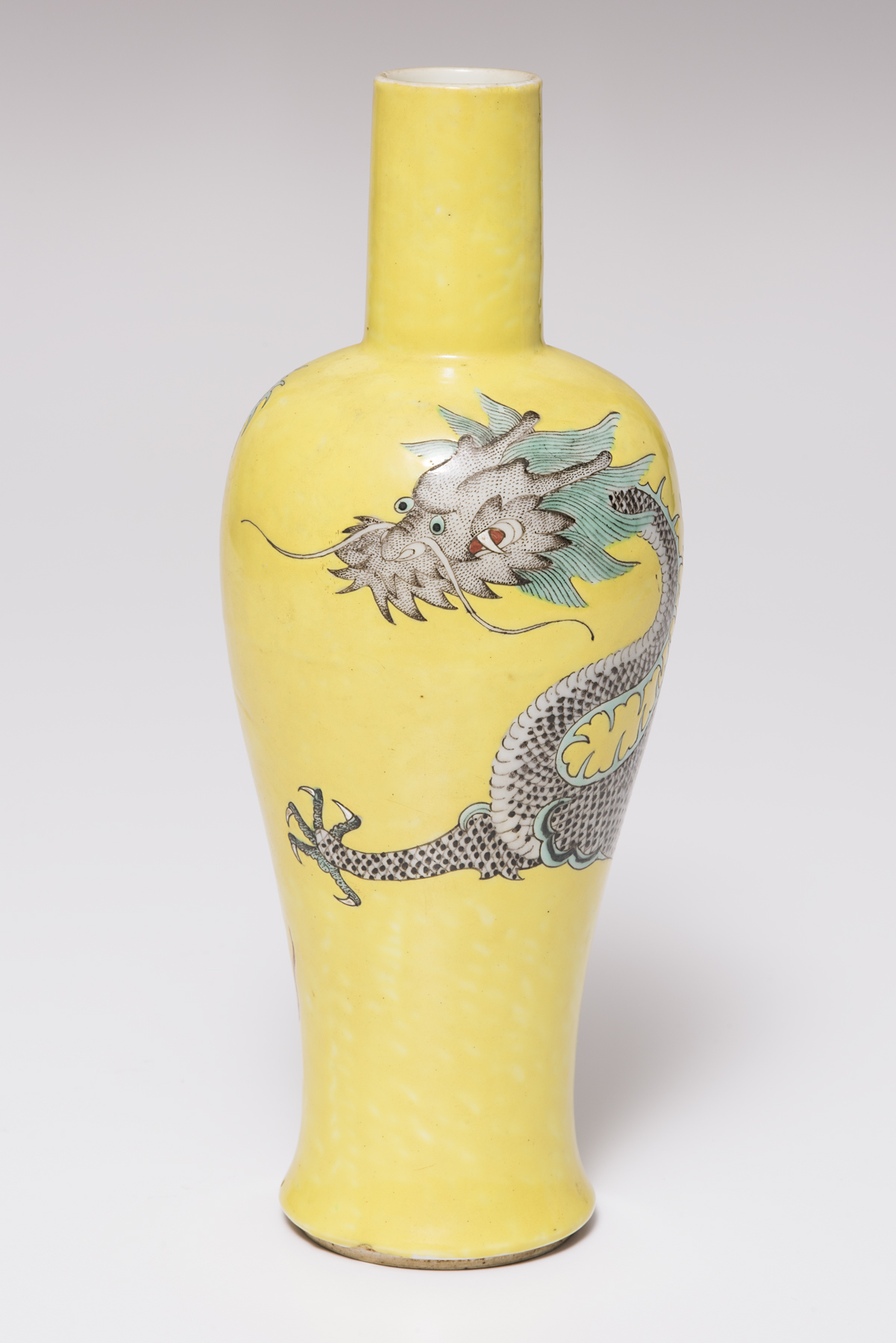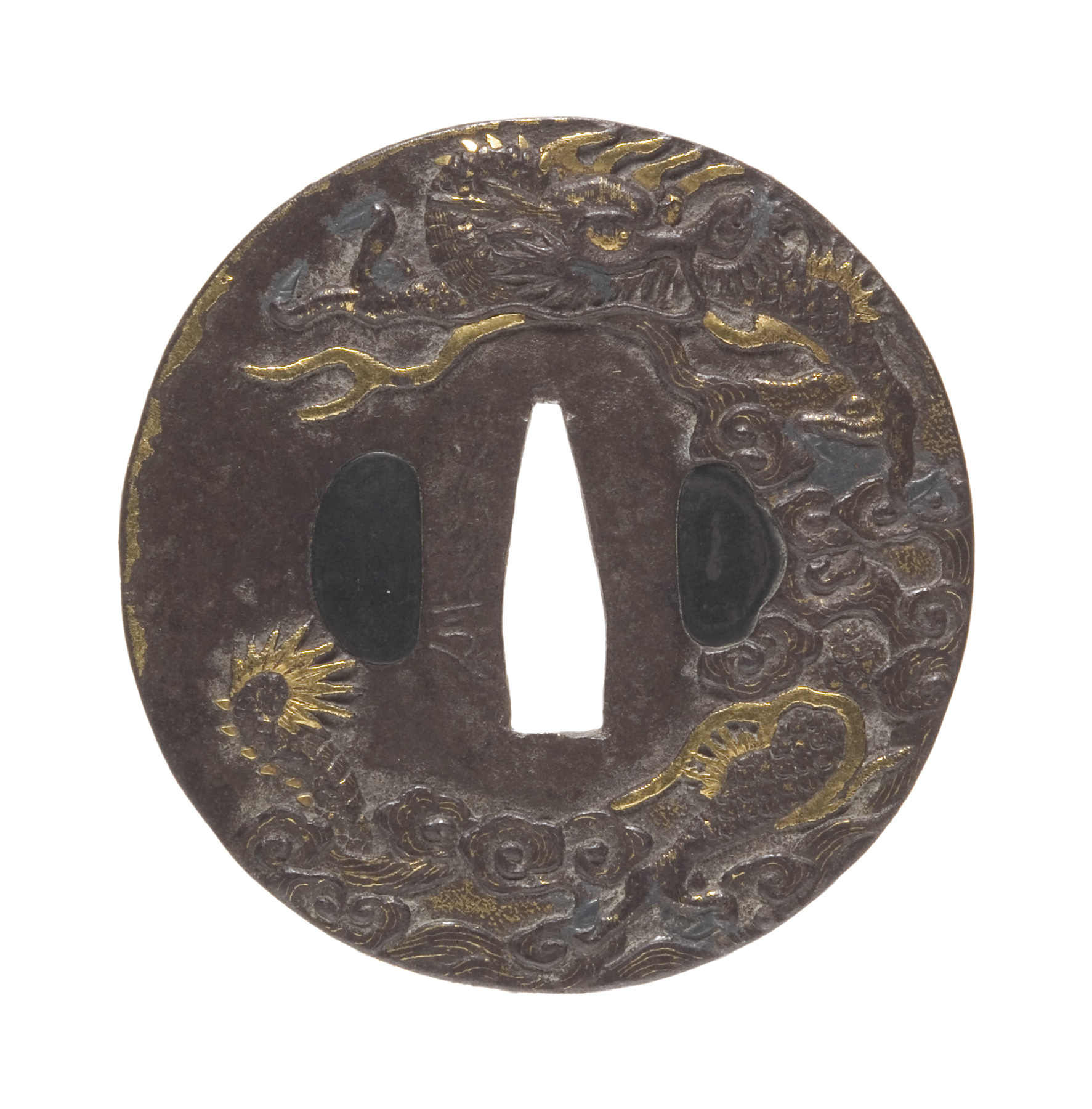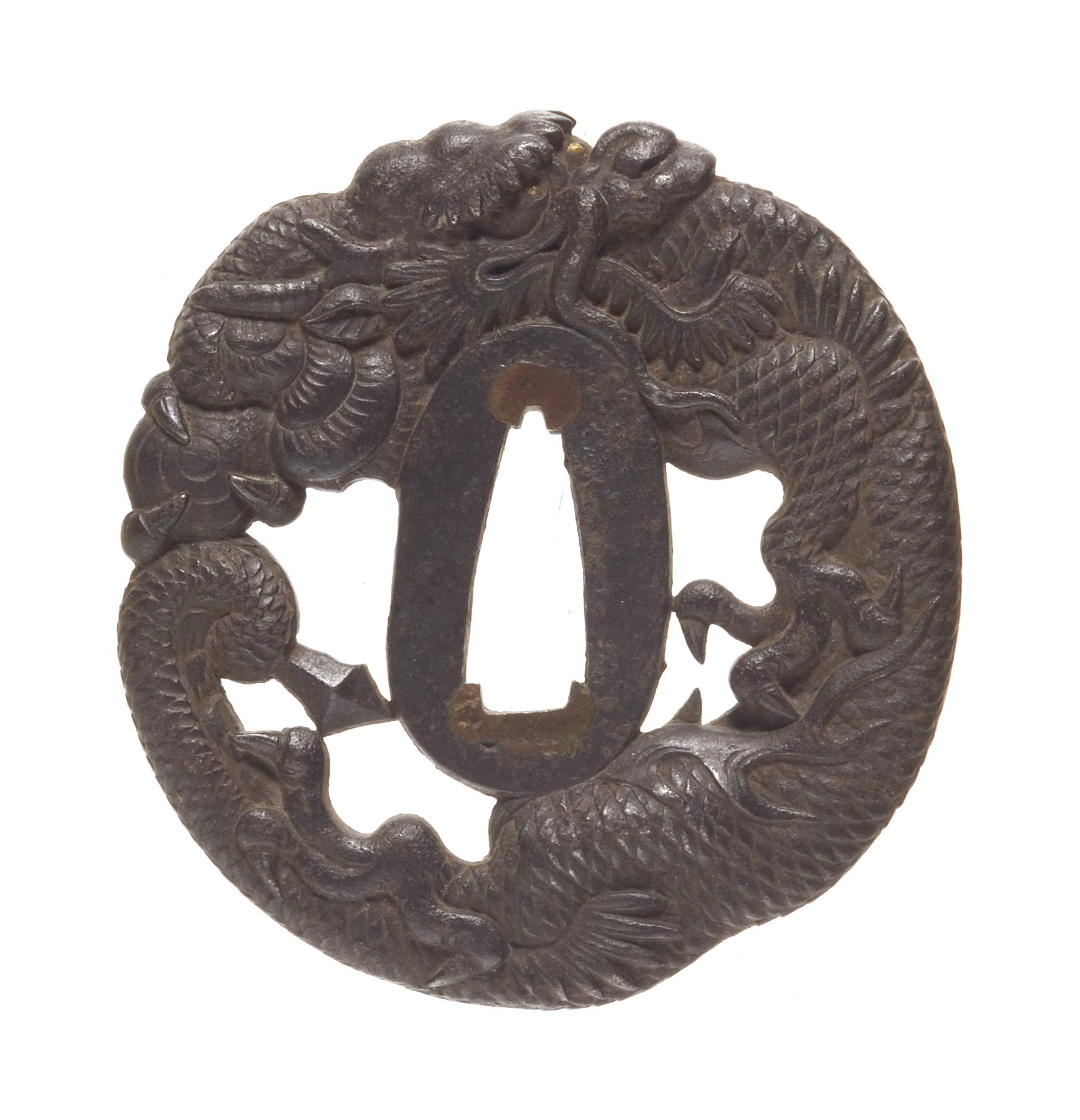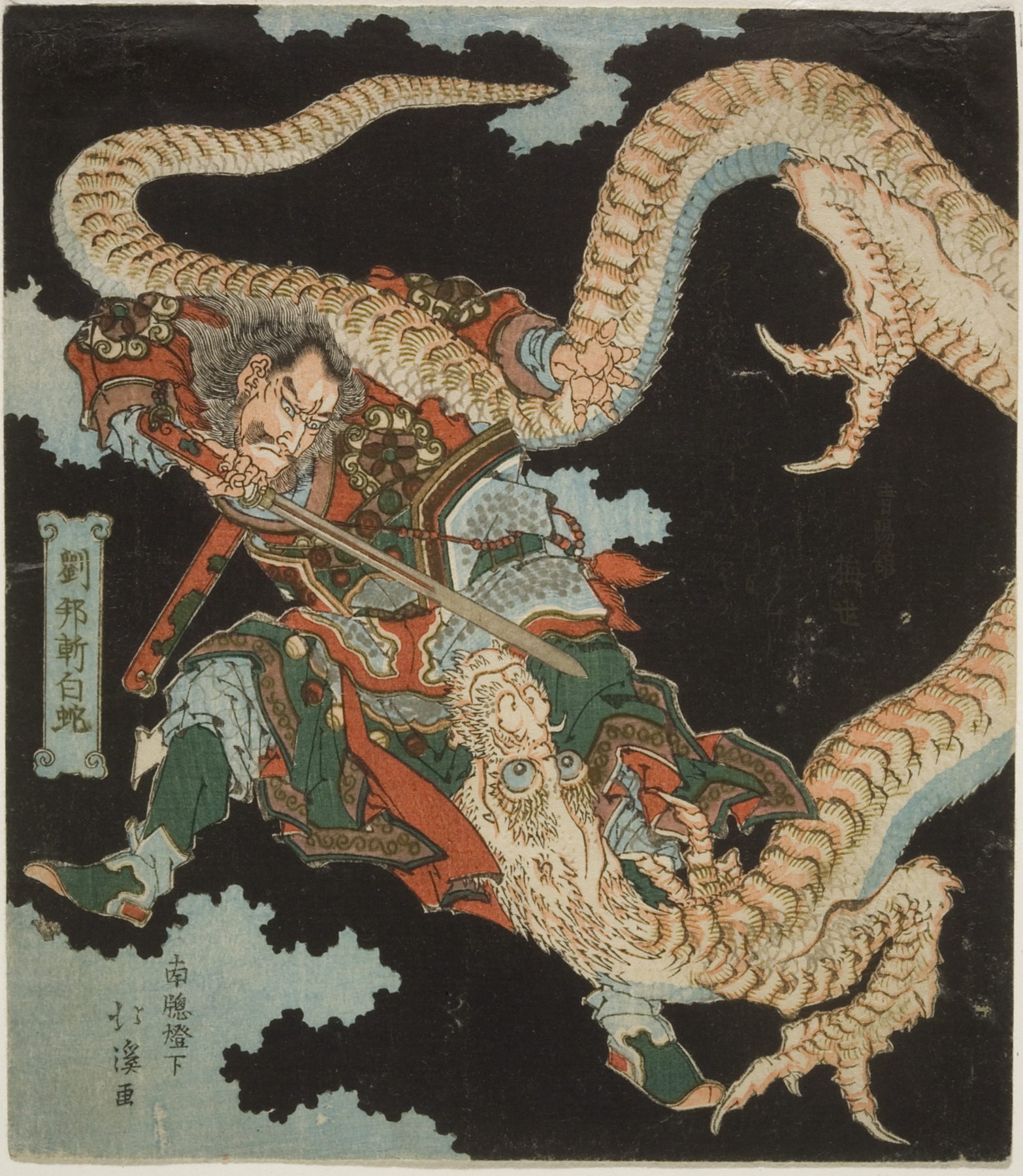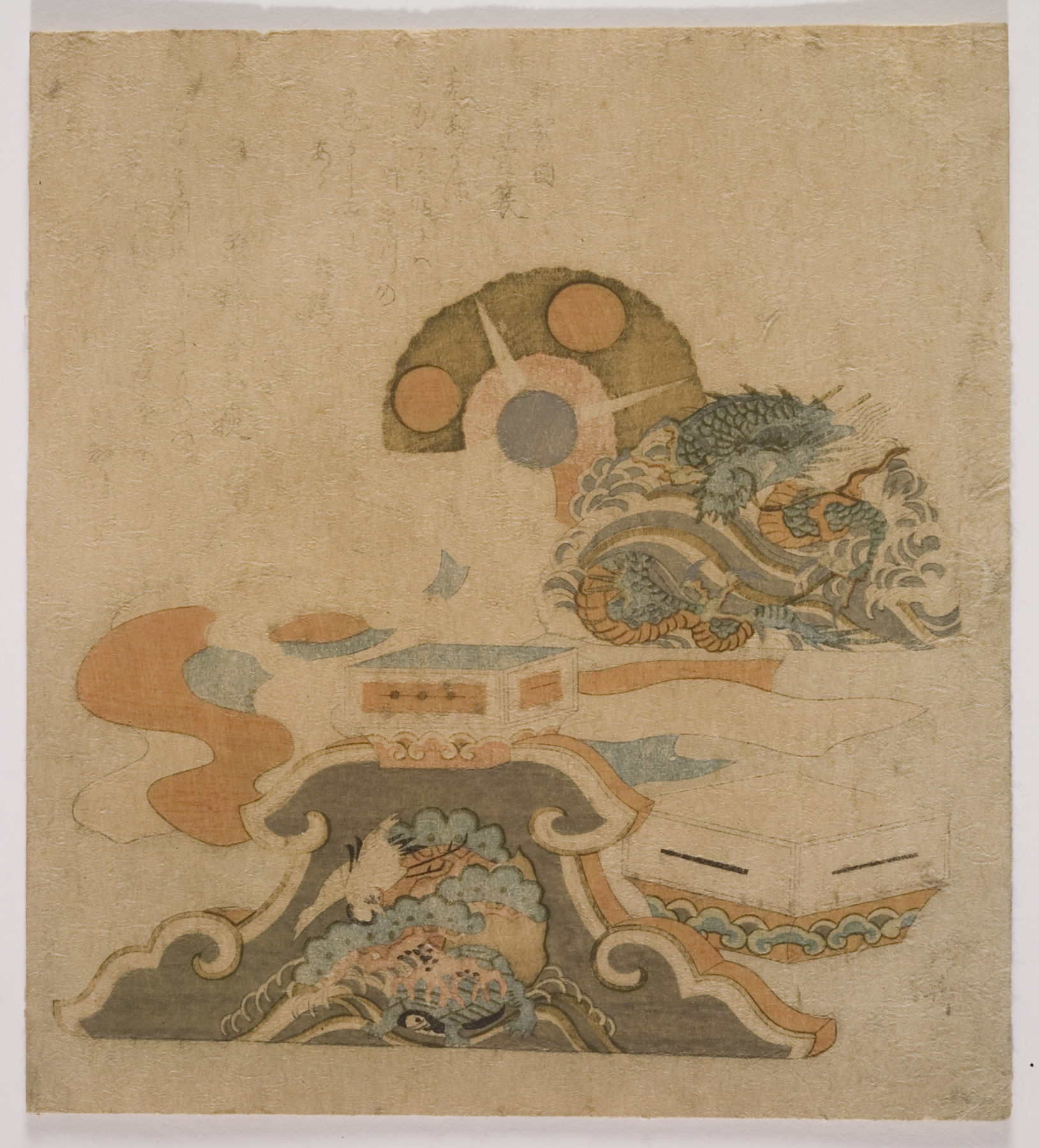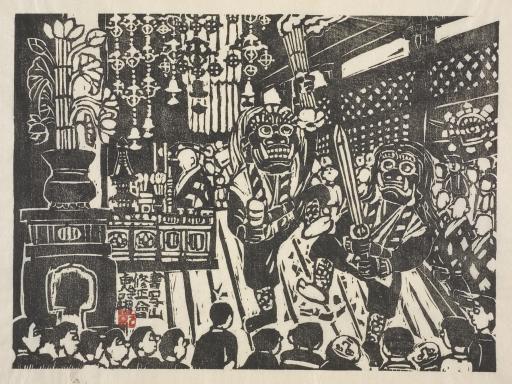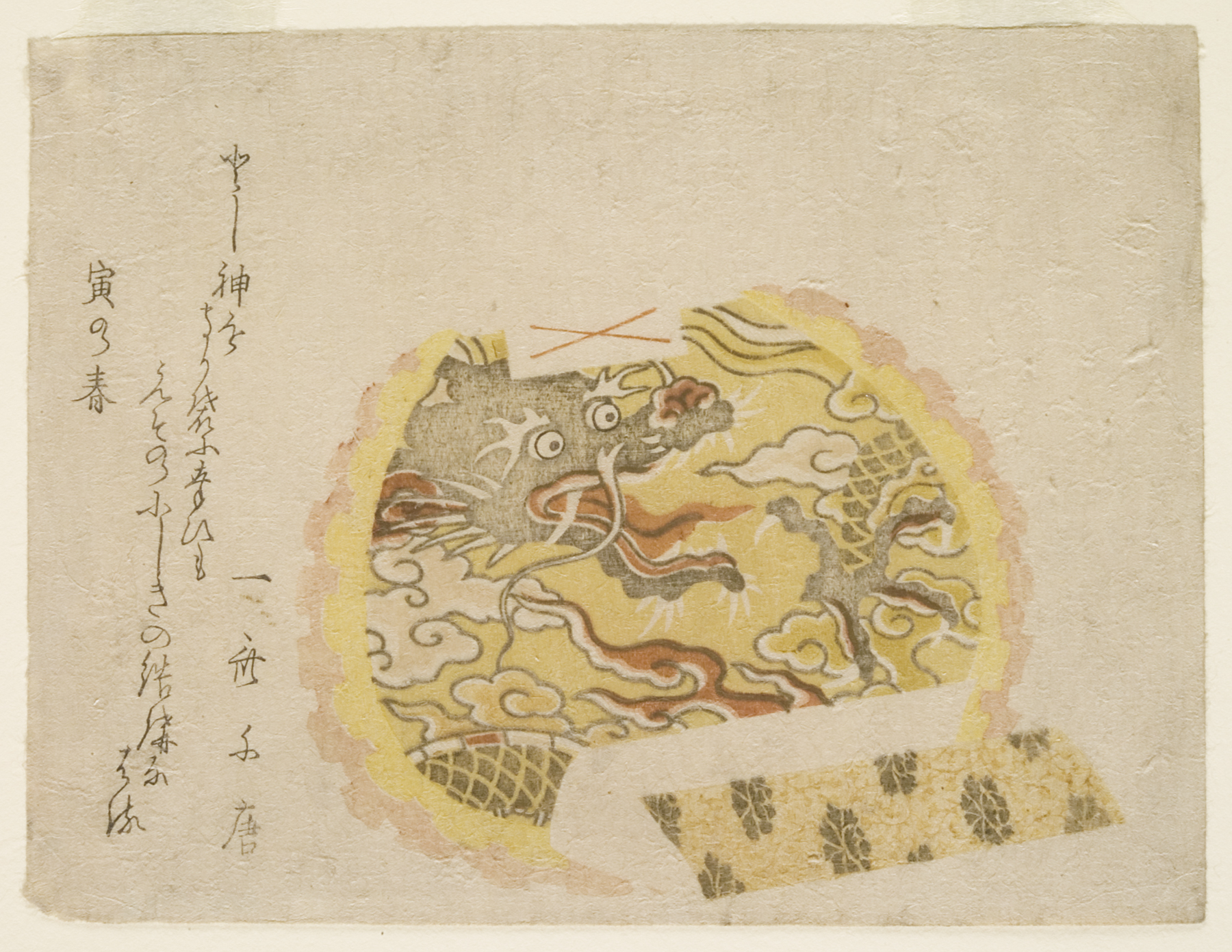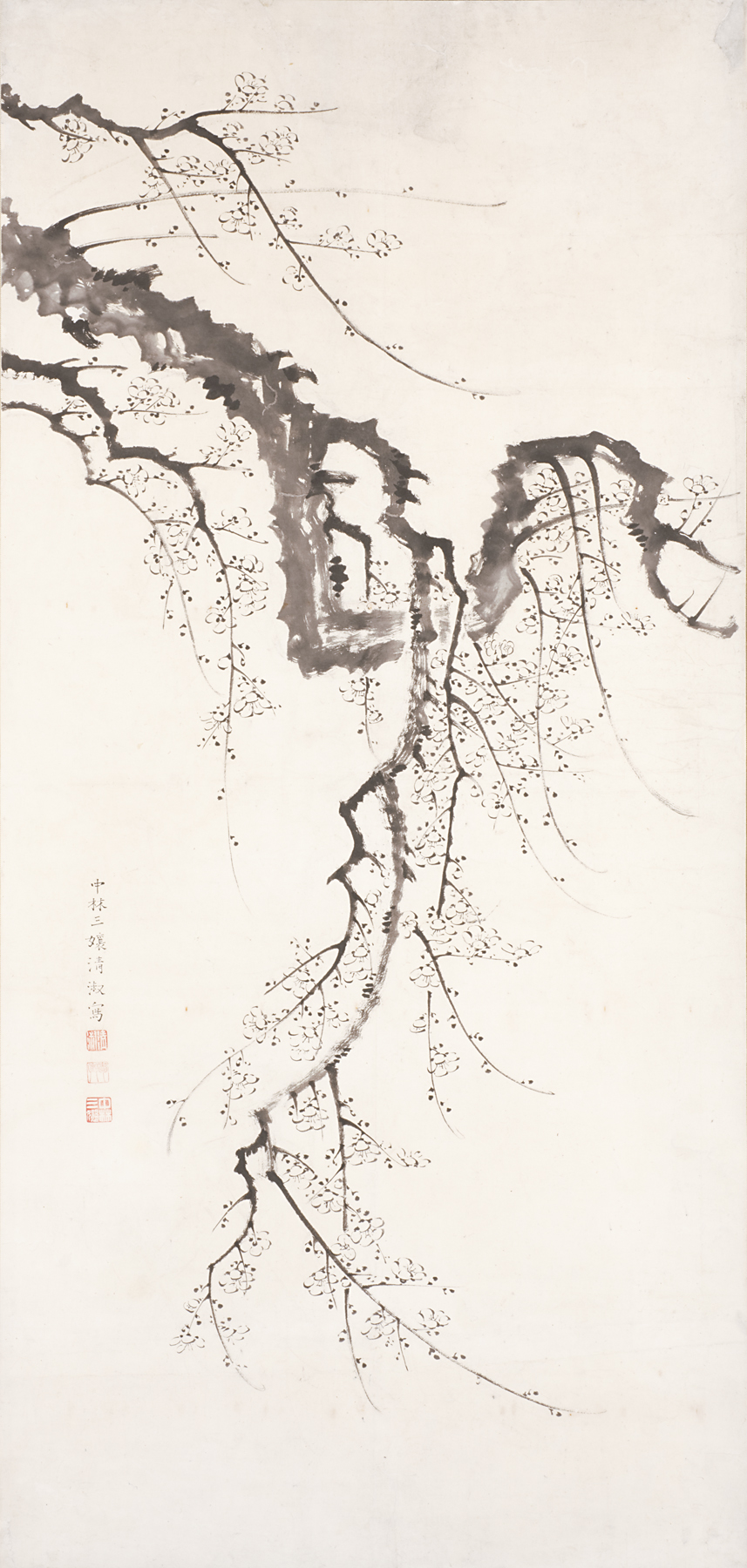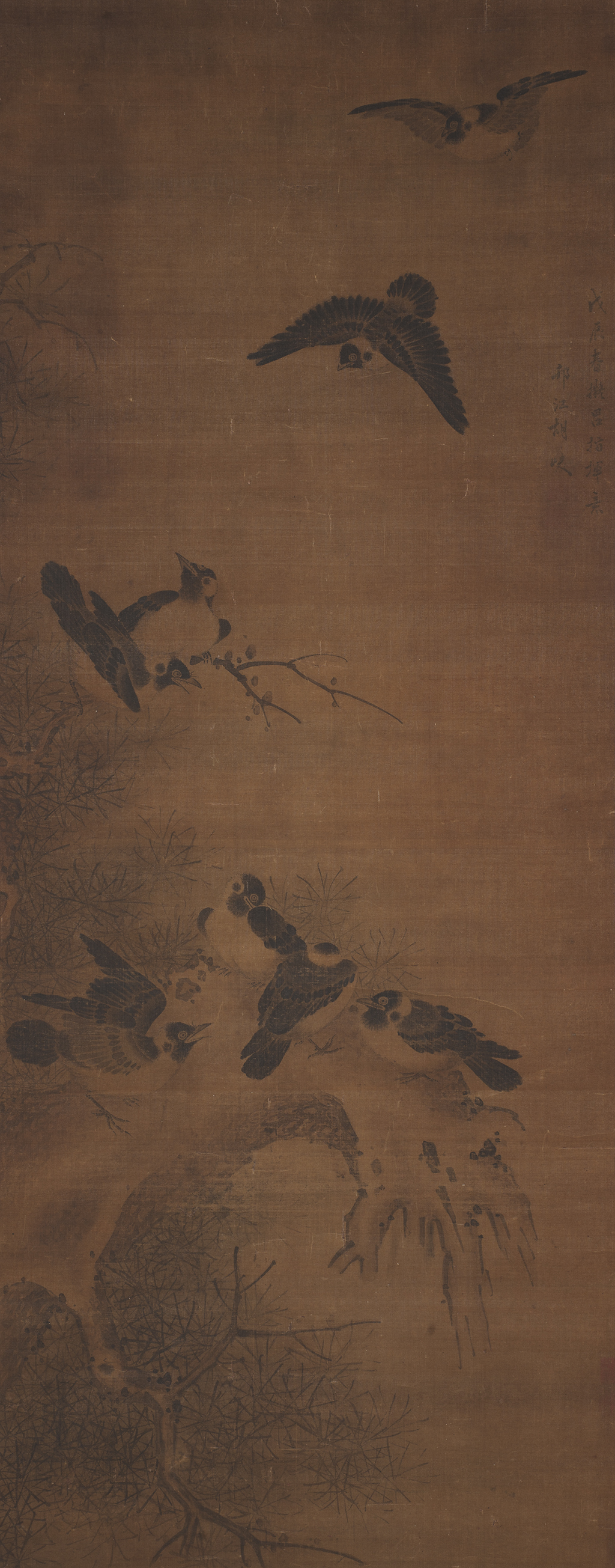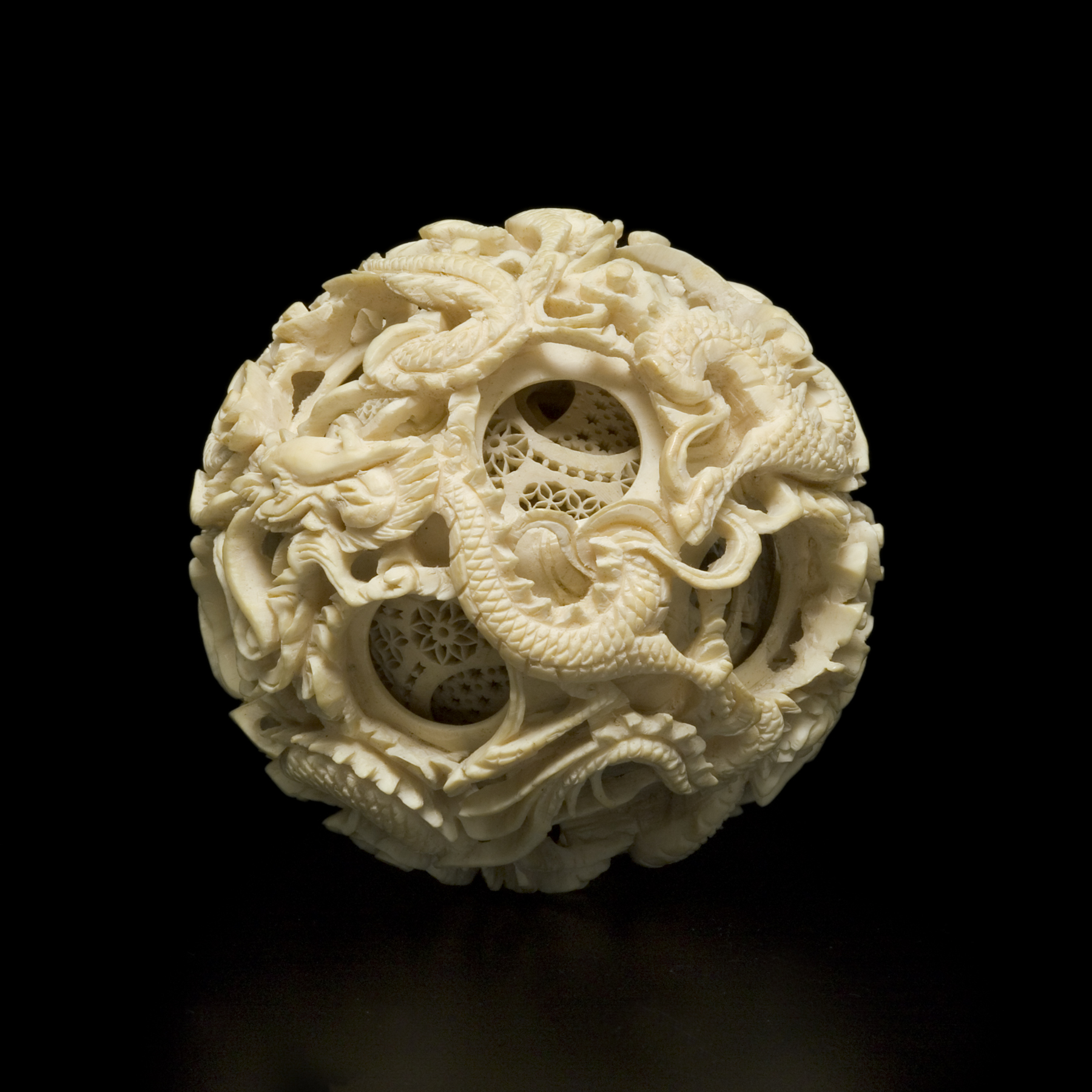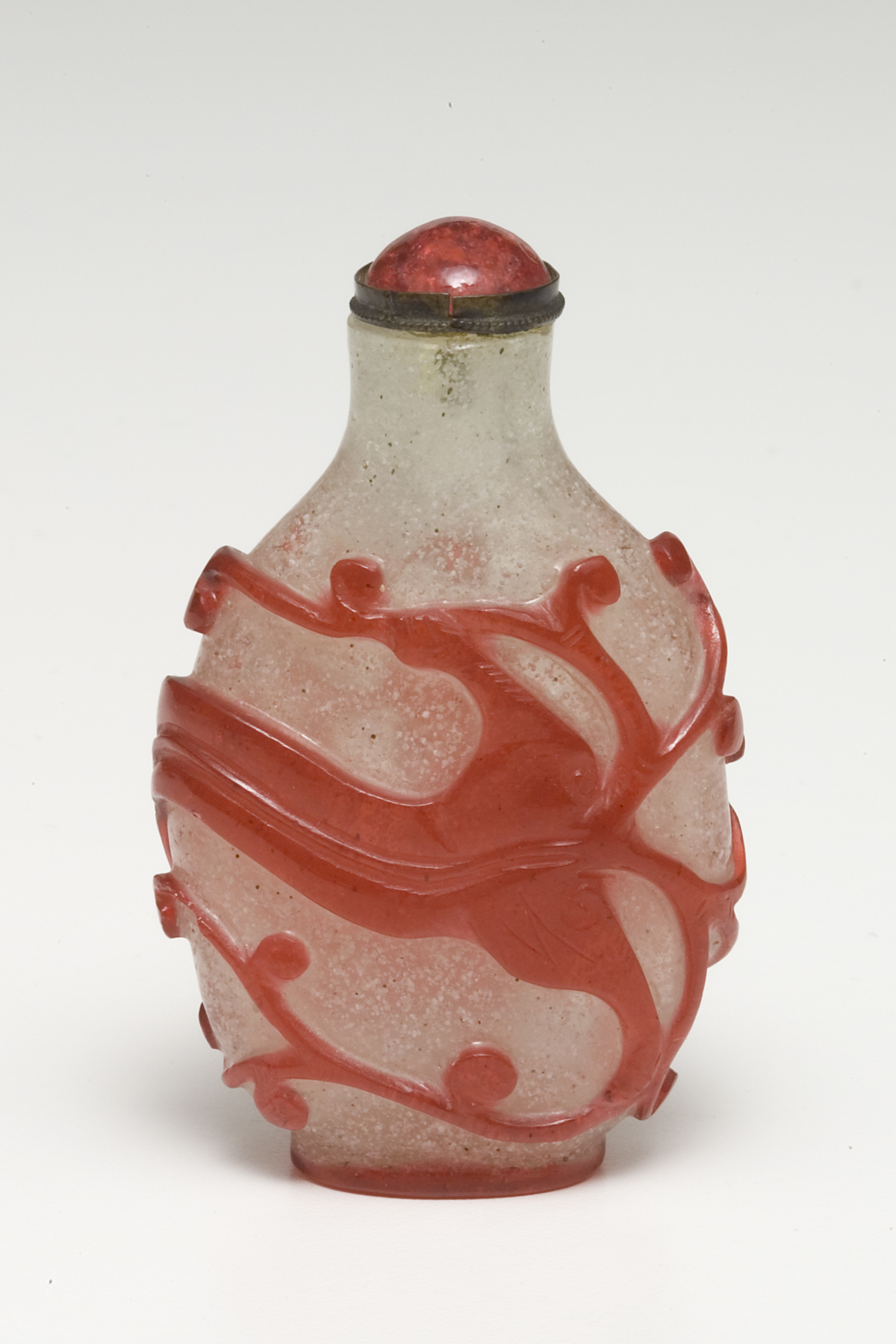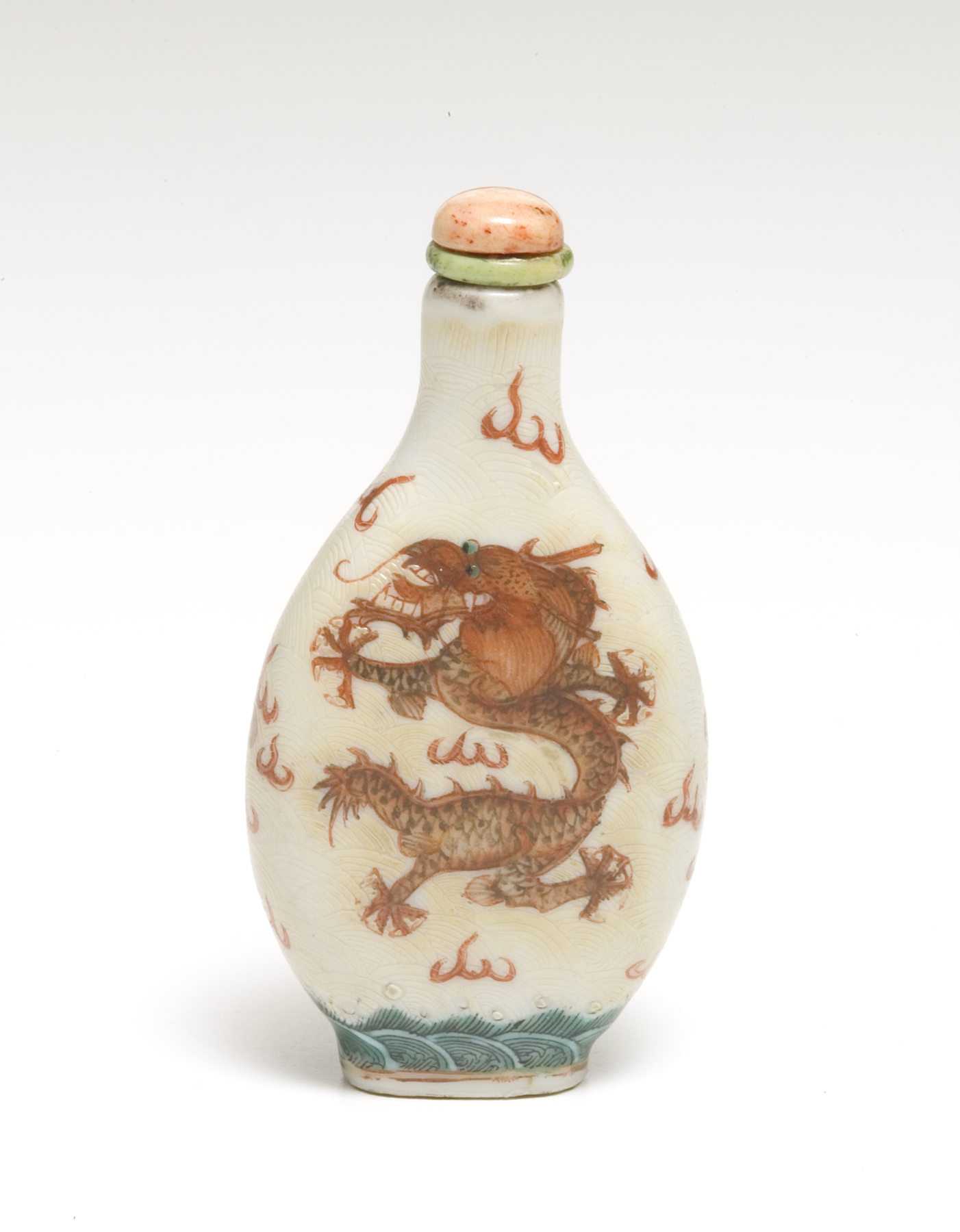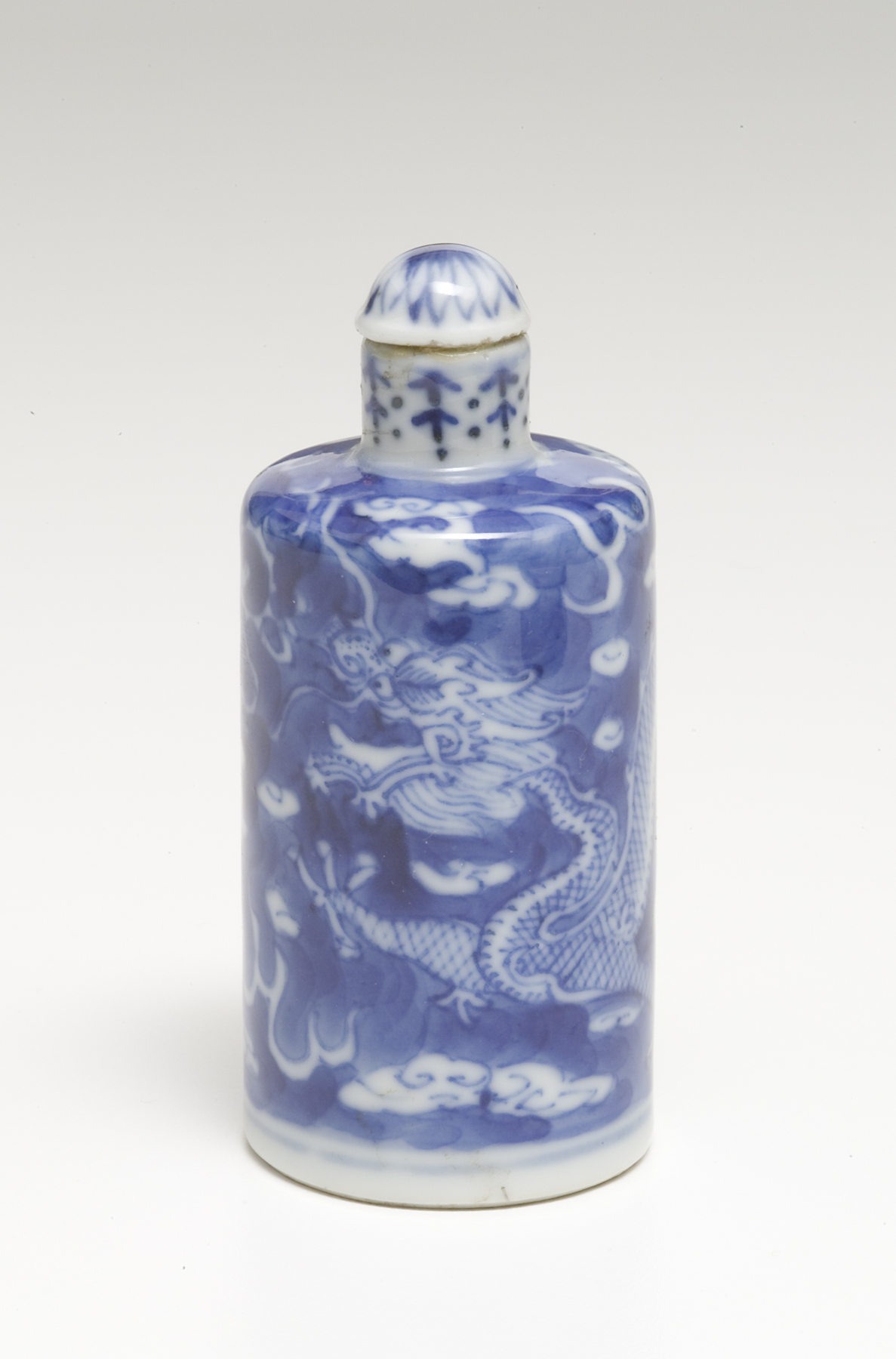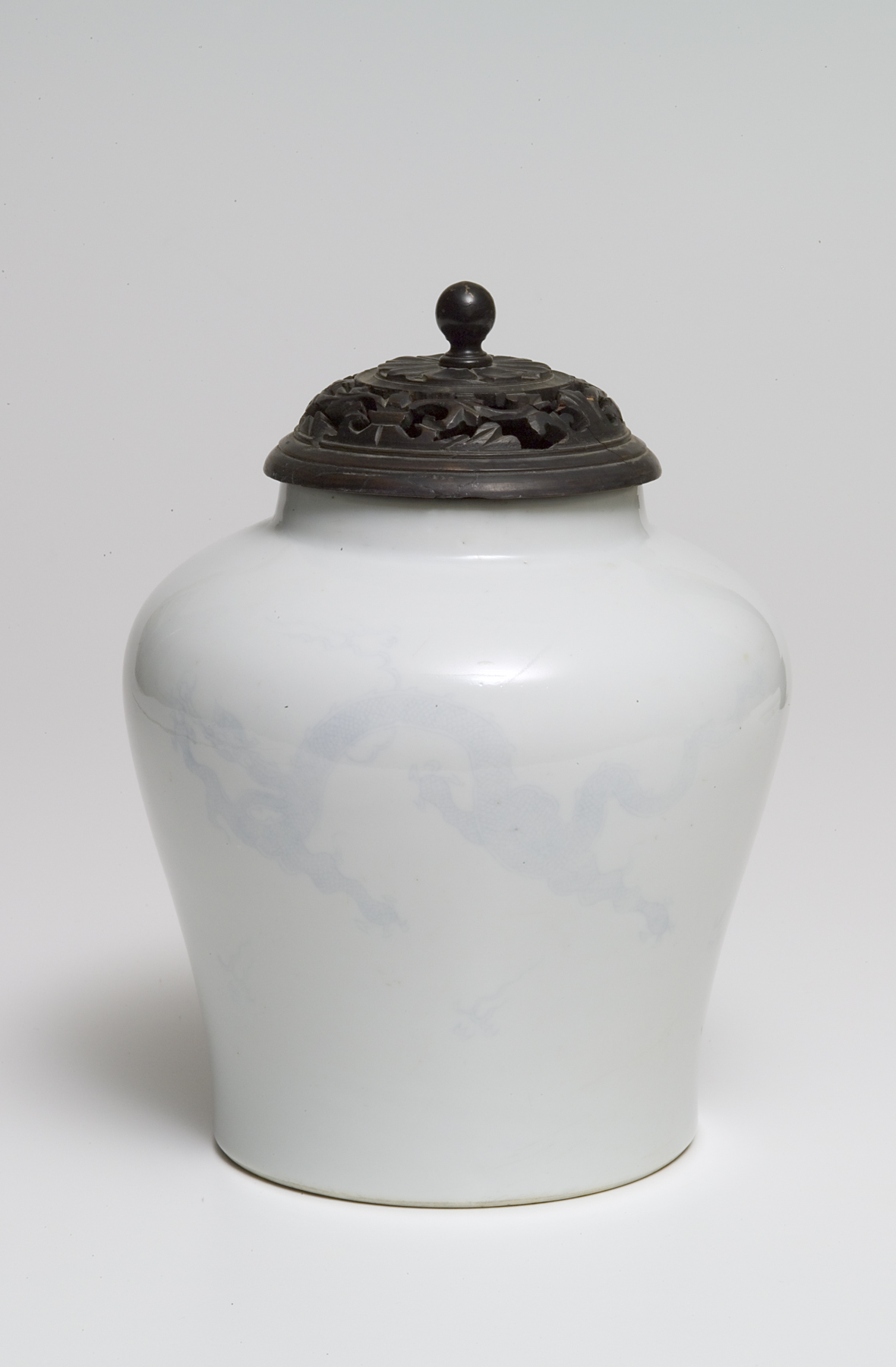Teaching Gallery: Year of the Dragon
Exhibition Overview

Dragons are popular creatures in both Eastern and Western folklore. To commemorate the Year of the Dragon, this exhibition features Chinese and Japanese objects that evince the power of the dragon as well as other symbols to celebrate the New Year. Through prints, ceramics, paintings, embroidery, and metal work, the popular imagery of the dragon evolves. As the highest-ranking animal in the Chinese animal hierarchy, the dragon became associated with the emperor, thus making the symbol of the dragon truly auspicious. To further commemorate the New Year, plum blossom and cherry tree designs on the hanging scrolls found in the exhibition symbolize the coming of spring and the end of a long winter.

